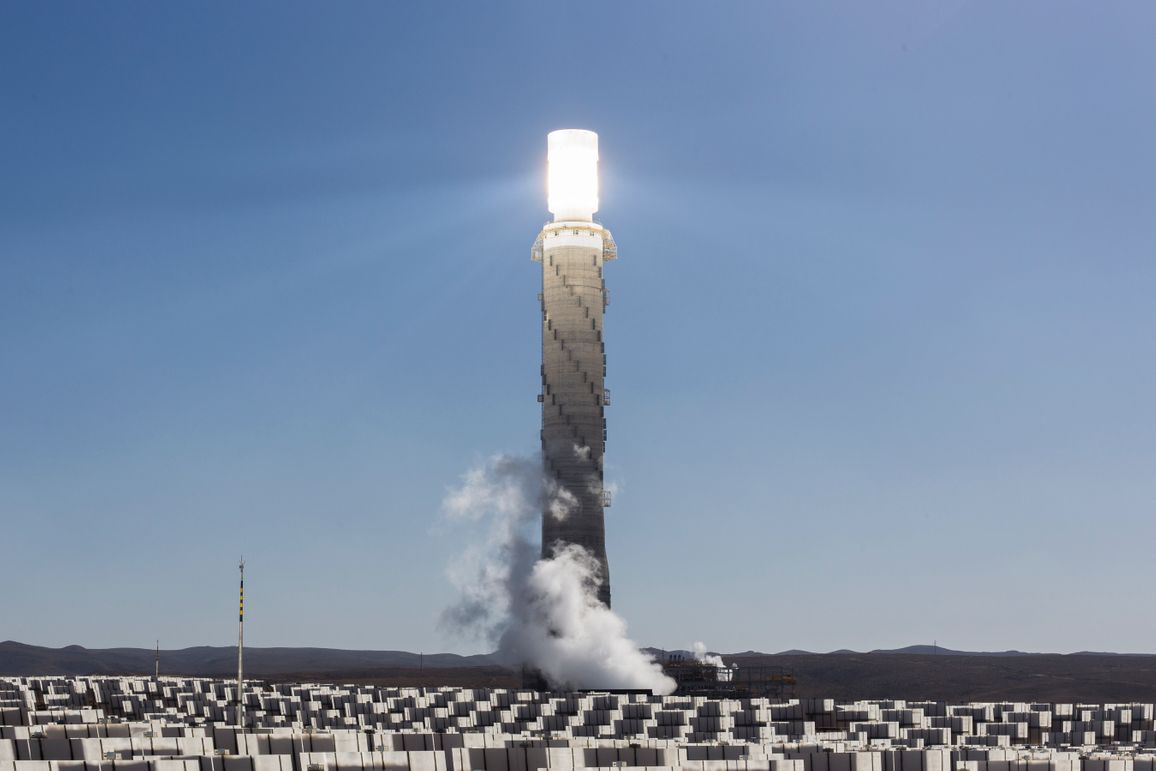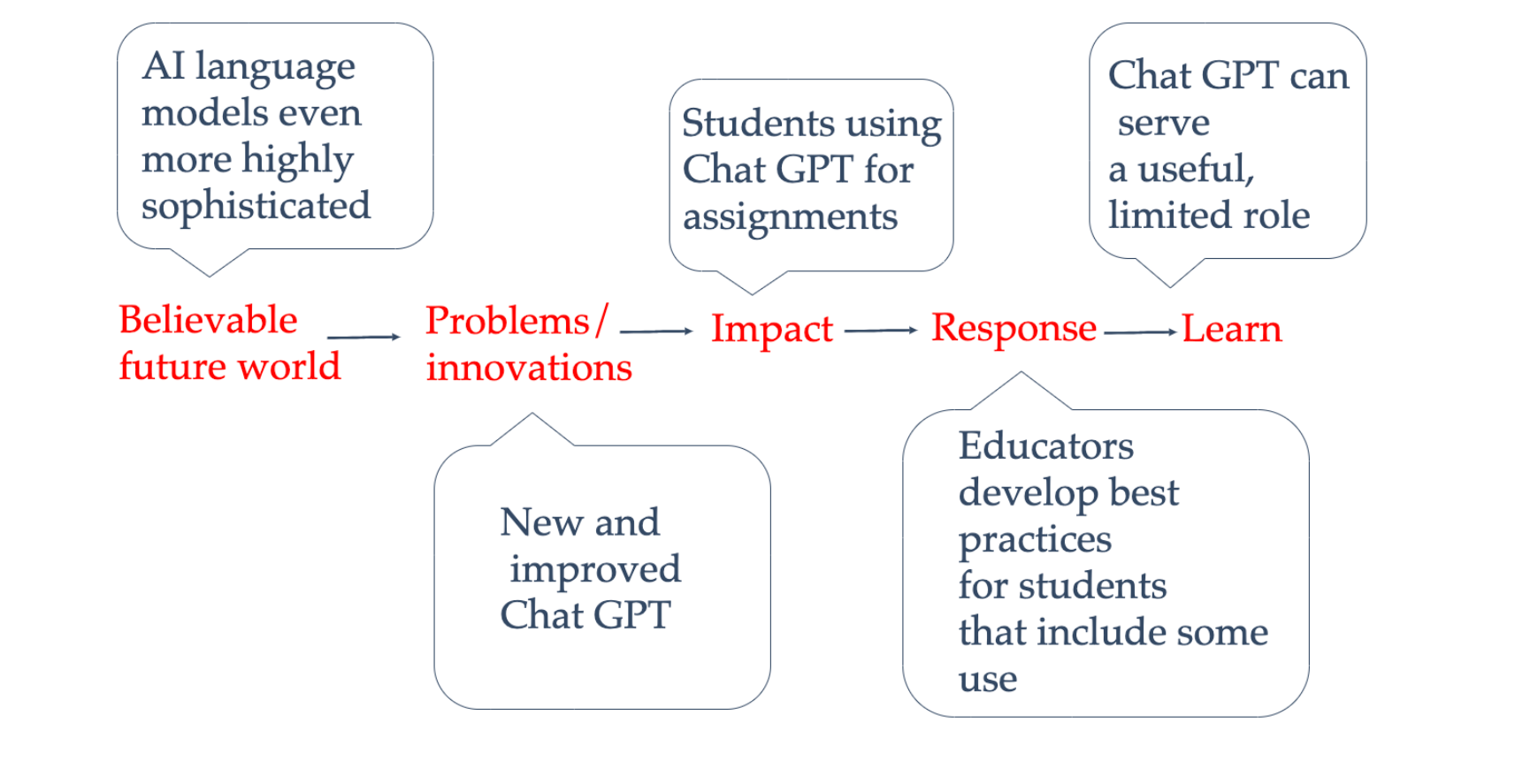Day 2: Science Fiction Prototyping

Science fiction prototyping, or SFP, is a design process that relies on science fiction to imagine, design and communicate about the future. How will the technologies of today and tomorrow impact our lives as individuals, a society and a civilization? SFP forecasts vivid answers to this question that can then inform and potentially guide our actions moving forward, allowing us to imagine how we will live in the future and what we can do today to shape it.
SFP was first proposed (2010) and championed by Brian David Johnson during his tenure as Intel’s Futurist. The idea has since been adopted for use in corporate, government, education and other sectors.
Innovation critically depends on imaginative thinking. The core idea here is to use science fiction narratives as a means to explore, inform, and influence the future in areas like research, development and policy. Primarily, these fictional prototypes provide a powerful tool to enhance the traditional practices of research and design. We will use it to explore future scenarios related to what will become your major term project for the course.
Introduction to SFP
- Read the Slate.com popular article: “Prototyping a Better Tomorrow” to further familiarize yourself with the concept of a Science Fiction prototyping (SFP).
- Read about the Radical Ocean Futures project. As an example of a full SFP, read at least one of the 4 “Sci-fi narratives - Science-based stories about our future oceans” linked to on this page. We heard “Oceans back from the brink - May 2070” at the Social Science Week presentation.
Note: You may use the SFP as one possible format for your term project. - Day 2 Exercise: Decide on a contemporary issue (CI) as a possible thematic area for your term project. State your CI and write a short journal reflection about why this CI matters to you.
Example CI: Climate change
The following models a student reflection:
Climate change is an important contemporary issue due to its profound impact on global weather patterns, ecosystems, and biodiversity. It poses potential threats to human societies through increased natural disasters, food security challenges, and health-related risks. My generation feels an urgency to act since addressing climate change is imperative to ensure a sustainable future for all.
SFP Activity
We will relate this CI to a future scenario in which the implications of the issue play out in the world and create our own micro-SFPs.
Relate a contemporary issue that you find interesting, are ideally passionate about in some way, to a future scenario in which the implications of the issue play out in the world. In particular, come up with a Micro-SFP (an ultra-short version of a SFP that is used to capture the essence of a futuristic idea) of no more than 100 words.
Goal: think broadly about your CI and how it will play out in the future
Part 1 Instructions:
1. Determine a contemporary issue you would like to focus on.
2. Go through the SFP Outlining process. Try to include these features:
i. Build a believable world that pushes the boundaries of current technological and social/institutional frameworks related to your CI.
ii. Introduce problems / innovations that must be navigated (e.g. ecological, technological, societal, etc. )
iii. Consider the impact on people, society and/or the natural world
iv. Provide a human response to the impacts of any problem/innovation considered
v. Reflect on what is learned.
Example:
1. CI: Artificial Intelligence and the and the future of education
2. SFP Outline

Part 2 Instructions
1. Restate your contemporary issue.
2. Provide a "What if..." question as a way of framing your future scenario. Try to situate it in time.
3. Submission of your Micro-SFP and SFP Outline activity is assigned for homework. See Teams
Examples
CI: Sea level rise due to climate change in 2080
Scenario 1 (utopian future): What if devastating sea level rise due to climate change is averted through advanced break wall technologies?
It was a calm afternoon as Stan made his inspections of the coastal bridgeways. He paused for a moment to reflect on the good work of the federation. The annual data reports of the California break walls continued to predict stability and a turning of the tides.
Scenario 2 (dystopian future): What if sea levels rise and bury all coastal cities of the world?
It was a calm afternoon. The water was clear and Stan could see the ancient broken streets below the surface as he hovered toward the research beacon. The last hope of the coastal alliance was to stabilize the cycle of ocean currents and Stan was sure the new network of temperature probes would work.
Activity: How might we? What if?
This activity affirmed the importance of asking good questions and resisting the temptation to provide immediate answers. The goal was to engage in a divergent process of exploration, brainstorming the context of your chosen contemporary issue(s).
Here you are asked to restate your CI as a How Might We...? question and begin to formulate a problem statement. For example if your CI was homelessness in general, a HMW question could be: "How might we better address the issue of homelessness in Montreal?"
Then using micro-SFPs as a primer for a group brainstorm the goal was to explore as many "What if..." scenarios as possible to stimulate discussion about possible future scenarios where your project questions/contemporary issues manifest.
On Day 3 we will explore these questions more in detail in order to define a project direction. Come to class with your How Might We... and at least 3 What If questions.
Photo credit
Photo by Jeremy Bishop on Unsplash
